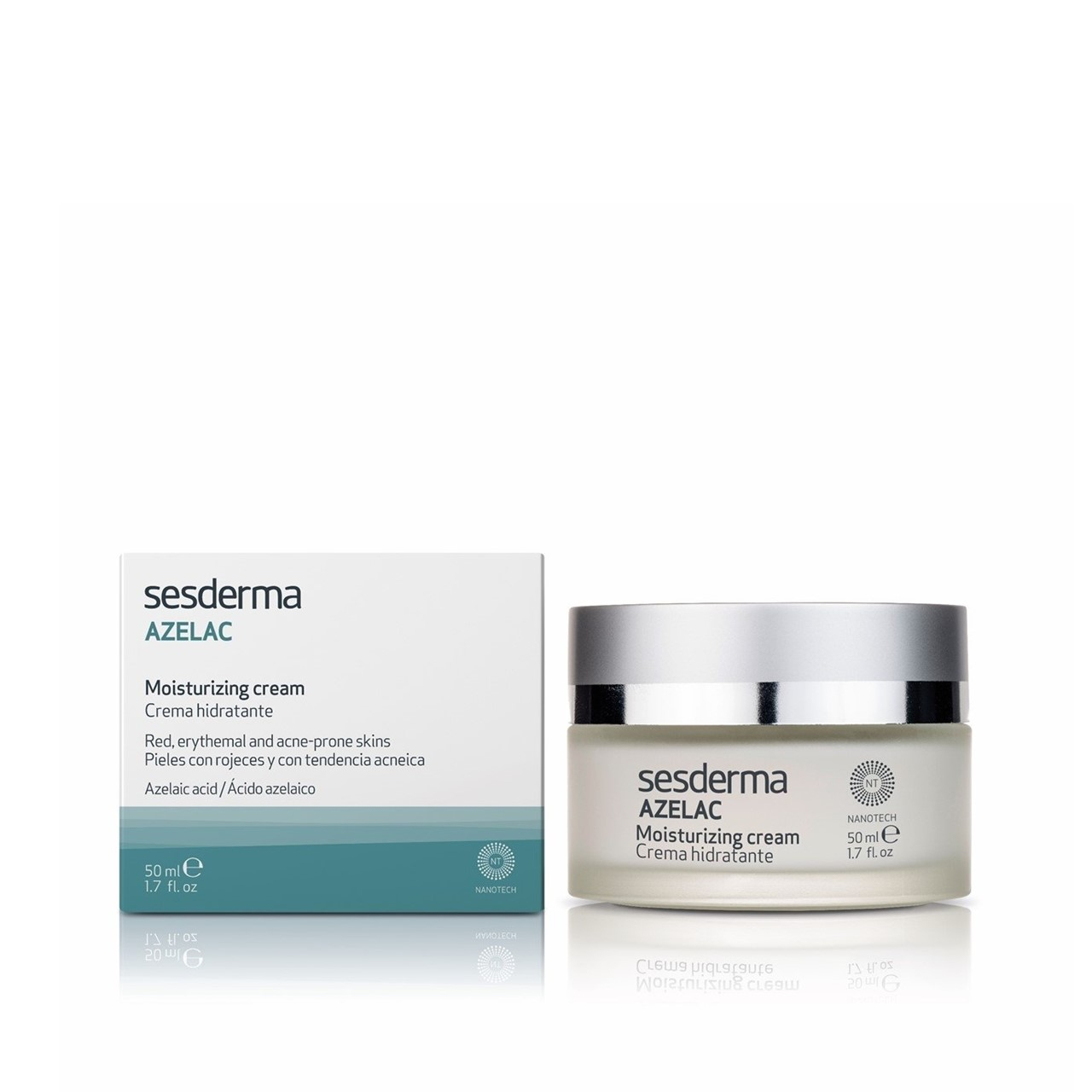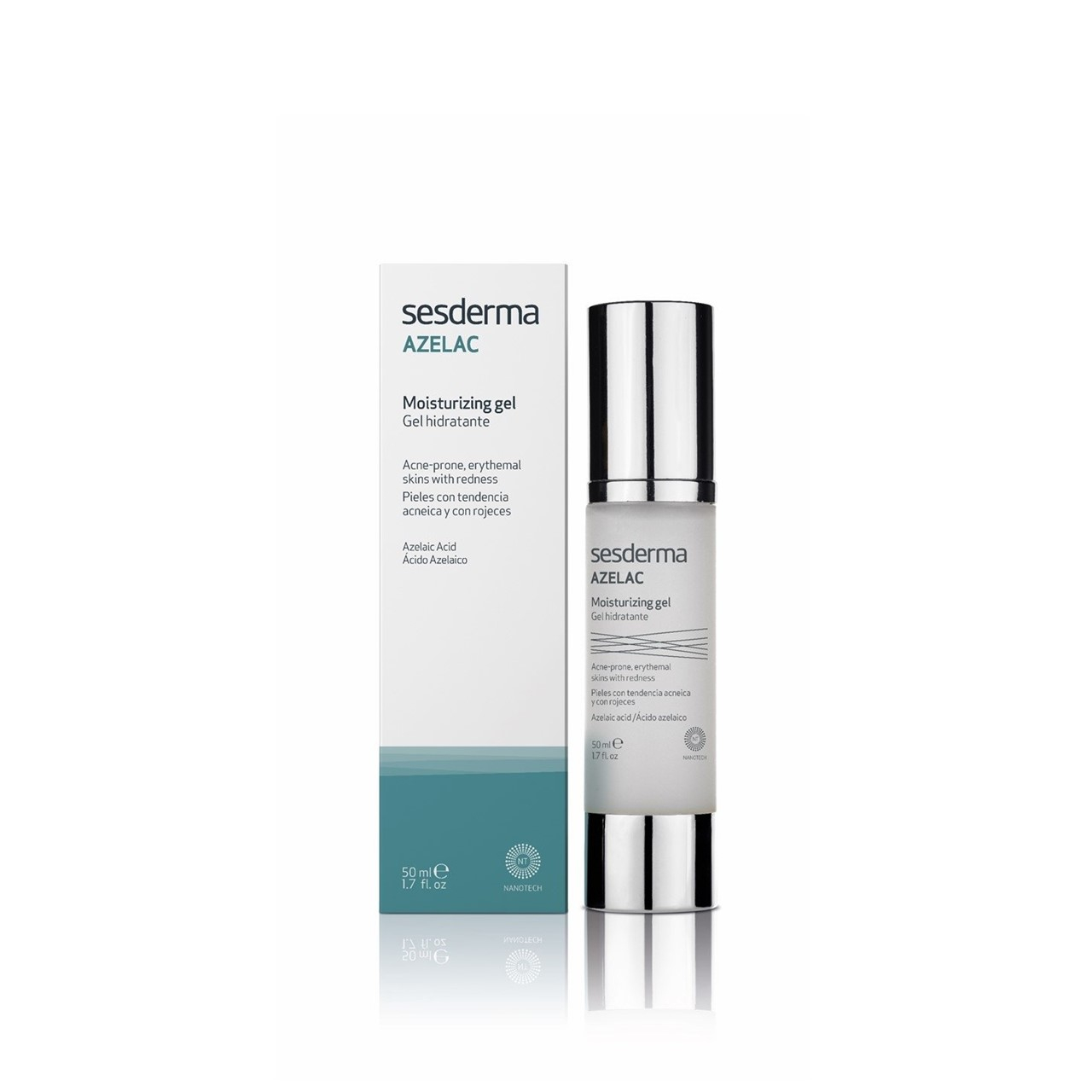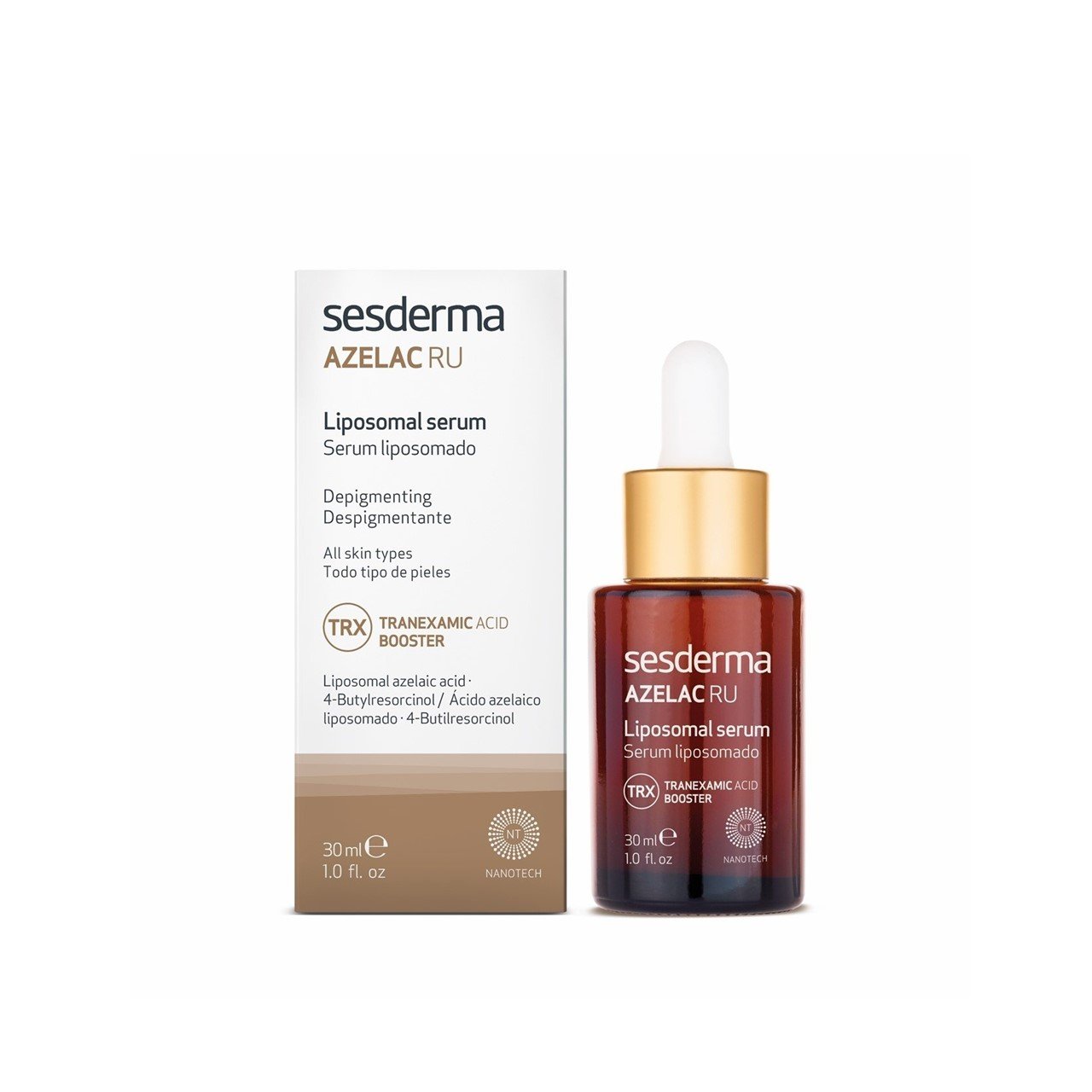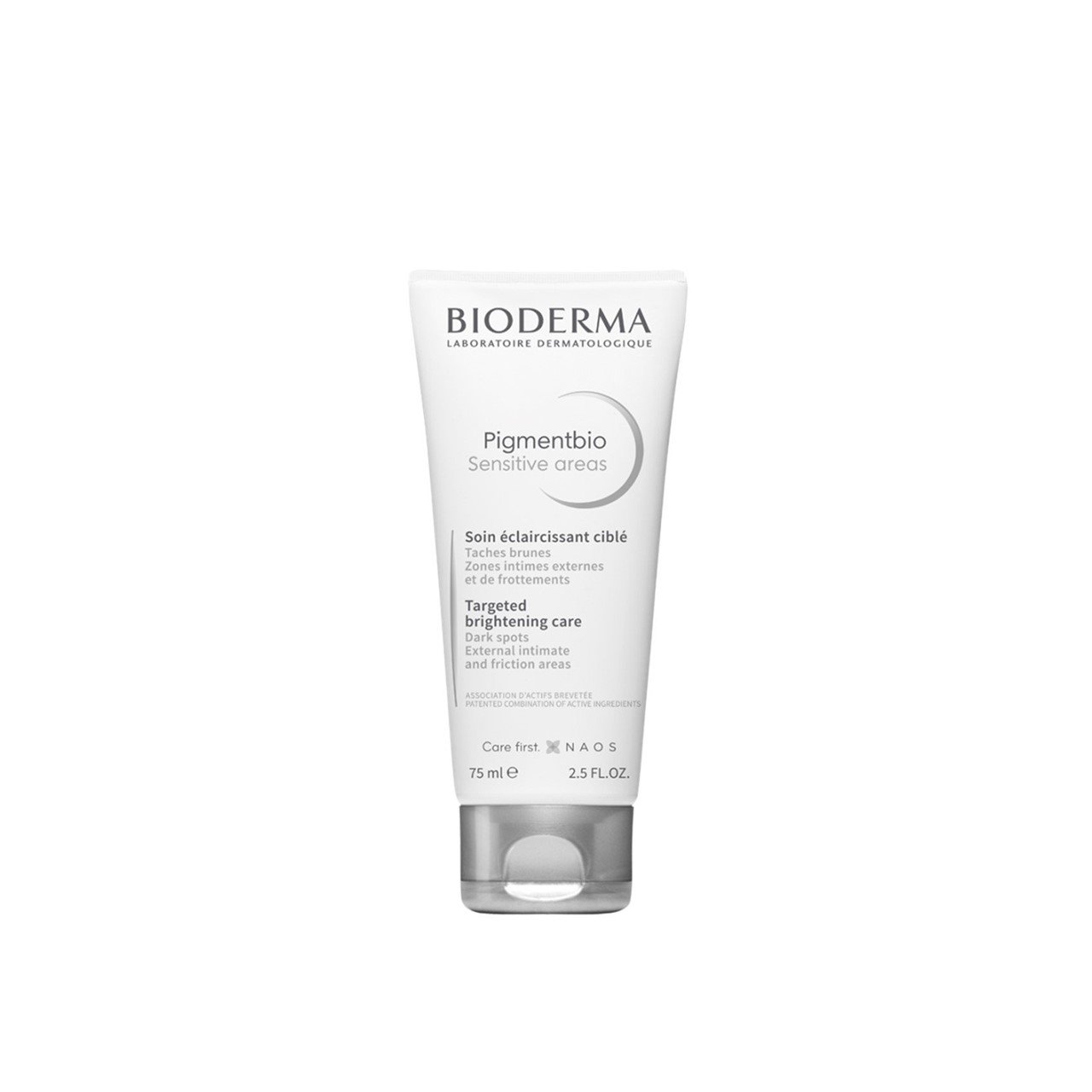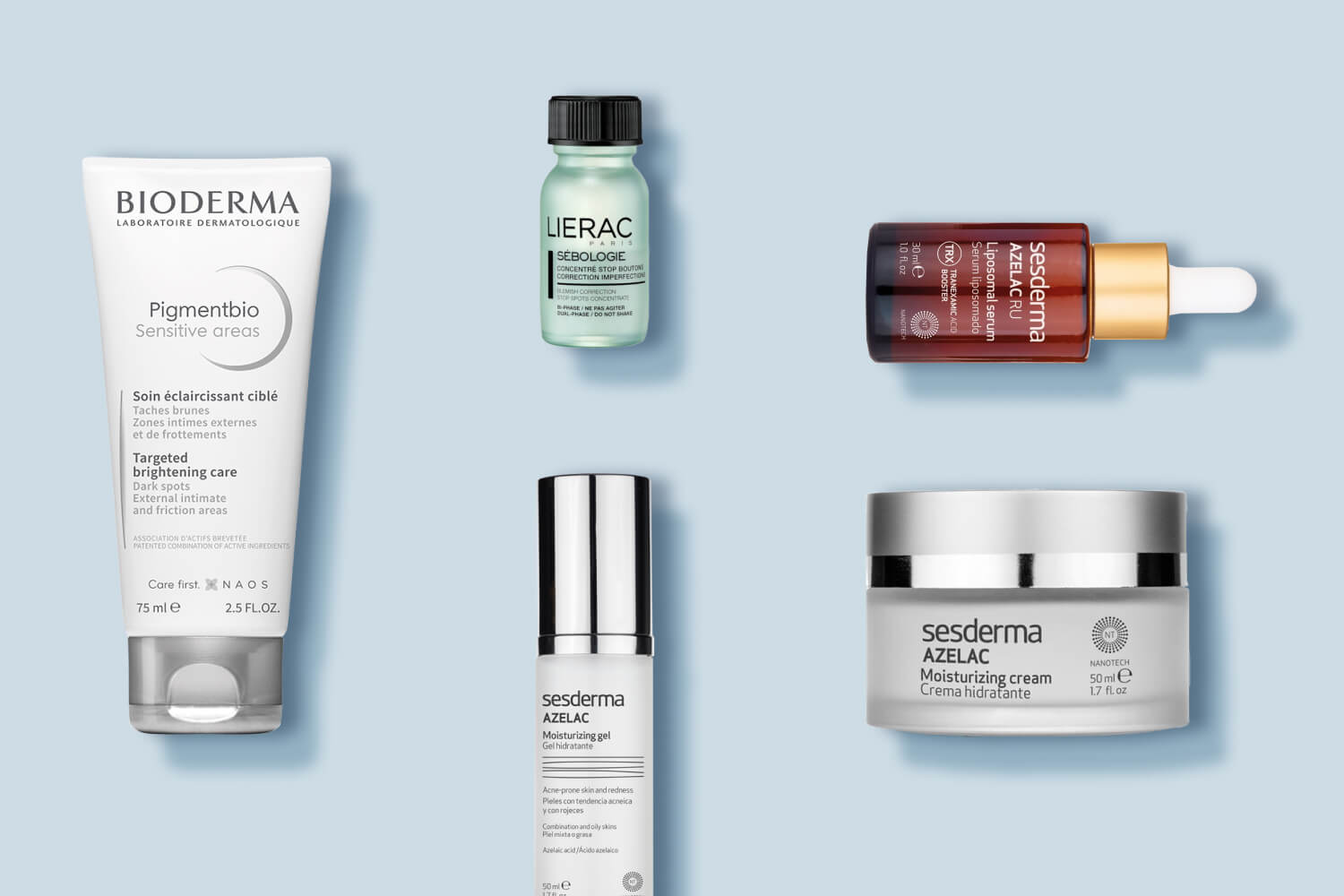
The world of skincare ingredients is full of acids, from hyaluronic acid to salicylic acid. Today, we’re bringing you yet another one: azelaic acid. While not as famous as some other skincare acids, azelaic acid is packed full of benefits, and it’s great even for acne-prone and redness-prone skin types. We’ll go through the characteristics of azelaic acid, one by one, and help you introduce this ingredient into your skincare routine.
On this post:
- What is azelaic acid?
- How azelaic acid benefits the skin
- Potential side effects of azelaic acid
- Who should use azelaic acid?
- How to use azelaic acid in your skincare routine
- What kind of products contain azelaic acid?
What is azelaic acid?
To put it very simply, azelaic acid is a skin exfoliant. Chemically speaking, it’s a dicarboxylic acid (not an AHA or BHA) and it occurs naturally in grains such as barley, rye, and wheat. While not one of the most popular skincare ingredients out there, azelaic acid packs a real punch by way of its many, many different properties. Apart from being a mild exfoliant, it’s also got antibacterial, anti-inflammatory, and skin brightening properties. We’ll explore these benefits in-depth in the following sections.
How azelaic acid benefits the skin
It’s antibacterial
Let’s start from the beginning, then: azelaic acid and its antibacterial properties. Studies have shown that azelaic acid can reduce the proliferation of Propionibacterium acnes (P. acnes), the bacteria that is responsible for acne lesions.
Apart from having powerful antibacterial benefits, azelaic acid is also “a natural keratolytic”, which means it can break down the outer layers of the skin. Why is this a good thing for acne-prone skin, you ask? For plenty of reasons.
For starters, hyperkeratinization is actually one of the mechanisms that leads to acne lesions. According to a study, “hyperkeratinization occurs when the cells of the follicle become cohesive and do not shed normally onto the skin’s surface. The result is a microcomedone and subsequent lesions characteristic of acne.” Being a keratolytic agent, azelaic acid can help “normalize” this process and therefore preven the formation of some acne lesions. Beyond that, a keratolytic action can also help clear out “debris” from the surface of the skin, and smooth out the appearance of the skin through that action alone.
You can see that, through this dual action, azelaic acid might just be one of the best ingredients to add to your anti-acne routine. But there’s more!
It’s anti-inflammatory
The other great thing about azelaic acid is that it’s got anti-inflammatory properties. This is great news for acne-prone skin, because inflammation is thought to play a major role in the development of acne lesions.
However, it’s also great news for other people whose skincare routines are all about reducing inflammation and soothing the skin. Among these, those who suffer rosacea have the most to benefit from azelaic acid.
Indeed, a review study from 2022 has “found the strongest evidence supporting the use of azelaic acid in rosacea”, which means this active is definitely one to watch if you want to minimize the manifestations of rosacea on your skin.
It brightens dark spots and hyperpigmentation
The third benefit of azelaic acid is that it can help brighten the skin and reduce dark spots and hyperpigmentation. This happens because azelaic acid is a tyrosinase inhibitor, and tyrosinase is heavily involved in melanin synthesis, which in turn causes dark spots to form. By reducing the activity of tyrosinase, azelaic acid helps suppress the formation of melanin–and this, of course, helps prevent and correct the appearance of dark spots. Studies have shown that azelaic acid acts upon abnormal melanocytes, but does not affect normal melanocytes, so you don’t have to worry about it lightening your natural skin tone.
Azelaic acid is thought to be particularly effective at tackling acne scars and post-inflammatory pigmentation (PIH).
Potential side effects of azelaic acid
Because it’s an exfoliant, azelaic acid can trigger a few side effects. Most of them are common to other ingredients: we’re talking burning or tingling sensations, dryness or peeling at the site of application, and redness. If you experience any of these side effects, you know what to do: stop using the product, wait for the side effects to subside, and then reintroduce the product into your routine very, very carefully.
If you find that the side effects are a little too severe for your liking, then make sure to consult with a doctor. They will advice you on how best to manage your situation.
Azelaic acid and sun exposure
Azelaic acid isn’t likely to increase your skin’s sensitivity to sun exposure, but the usual recommendations apply. Azelaic acid is an exfoliant and keratolytic, so it’s always a good idea to follow up your use of this ingredient with a healthy dose of sunscreen.
This is particularly important if you’re using azelaic acid to lighten dark spots and hyperpigmentation; you don’t want to go in the sun unprotected and reverse all the good that azelaic acid has done for your skin!
Azelaic acid and pregnancy
Azelaic acid is safe for use during pregnancy and breastfeeding. This is good news, because you may very well want to use it during pregnancy; as we’ve seen, azelaic acid is a great ingredient to use to prevent and correct dark spots and hyperpigmentation, and your skin is particularly vulnerable to those during pregnancy. You’ll be pleased to know that, if azelaic acid is among your favorite brightening actives, you will most likely be able to continue using it. Just make sure to check with your doctor first–they’ll have the answer that best suits your particular situation.
Who should use azelaic acid?
As we have already seen, azelaic acid has antibacterial, anti-inflammatory, and skin brightening properties. This makes it a promising ingredient for a wide variety of skin concerns and skin goals. If you have acne-prone skin, the antibacterial and anti-inflammatory properties of this ingredient can be a good addition to your routine, as they will help limit the proliferation of Propionibacterium acnes (P. acnes) and reduce some of the inflammation associated with acne; its depigmenting properties will also help to prevent any scars or blemishes that may form after the pimple disappears.
People who suffer from rosacea will benefit from azelaic acid primarily for its anti-inflammatory properties, which will not only help soothe the skin, but will also help to noticeably reduce skin redness.
Finally, azelaic acid is worth considering for people looking to reduce dark spots, whether they are small spots and patches of sun damage, melasma, acne scars, or post-inflammatory pigmentation (PIH).
How to use azelaic acid in your skincare routine
Azelaic acid can pop up in all sorts of different products, but you can expect to find it mostly in leave-on formulas, such as serums or moisturizers. Depending on your main concerns, you may want to combine azelaic acid with complementary actives in other products in your routine. For instance, if you’re targeting acne, you may want to include actives such as salicylic acid or retinol in your routine. For redness, niacinamide or Centella asiatica may be good complements to your azelaic acid products. Finally, if your main concern has to do with dark spots and hyperpigmentation, you may want to look into boosting the effects of your azelaic acid products with complementary products that contain tranexamic acid, or, once again, niacinamide and retinol.
What kind of products contain azelaic acid?
Due to its many benefits, azelaic acid tends to make appearances in different types of products. You’ll find it, without a doubt, in formulas targeted to acne-prone skin, redness-prone skin (including skin affected by rosacea), and skin with dark spots and hyperpigmentation. Keep reading to get to know some examples of products that contain this star ingredient.
Azelaic acid for acne-prone skin
Azelaic acid is quite common in anti-acne skincare products, and we’re happy to show you a few examples. First up is the Lierac Anti-Blemish Protocol The Stop Spots, a handy little formula that’s designed to help you dry out and eliminate pimples fast. Formulated with sebum-regulating and astringent zinc gluconate and keratolytic salicylic acid, this product also contains calamine and azelaic acid, two ingredientes that help limit the spread of Propionibacterium acnes (P. acnes). Apply it before bed, straight to the pimple you want to get rid of, and leave on until the morning.
Here’s another great example of a product with azelaic acid designed for acne-prone skin: the SVR Ampoule Flash [AZ] Sebiaclear Anti-Blemishes Concentrate. This may look like your typical serum, down to the white serum with a dropper, but it’s packed with active ingredients. The formula features not only niacinamide, but also soothing azelaic acid to calm the skin, reduce redness, and help even out the skin tone.
Azelaic acid for rosacea
As we’ve seen, azelaic acid is a star ingredient for the treatment for rosacea, and these products from the Sesderma Azelac range make stellar use of it. We’re showing you two products, the Sesderma Azelac Facial Moisturizing Cream and the Sesderma Azelac Moisturizing Gel. The cream contains both tranexamic and azelaic acids, and it’s designed for daily use on dry, sensitive, and redness-prone skin. The formula contains subtle green pigments that help reduce the appearance of redness.
As for the gel, it’s better suited to combination or oily skin. The formula is quite similar to the cream, but with this option you’ll be getting double benefits from azelaic acid, in that this star ingredient will not only help reduce irritation and redness, but it will also help normalize the process of hyperkeratinization and prevent acne lesions (which, as we know, tend to pop up on oily skin). Like the cream, this gel also contains green pigments, to even out the skin and help you reduce the appearance of redness.
Azelaic acid for dark spots and hyperpigmentation
Azelaic acid has shown promise in the fight against dark spots and hyperpigmentation. Proof of this is the presence of this ingredient in bestselling anti-blemishes products, such as Sesderma Azelac RU Liposomal Depigmenting Serum or Bioderma Pigmentbio Sensitive Areas.
Sesderma Azelac RU Liposomal Depigmenting Serum is a favorite of the Care to Beauty community, and for good reason. The formula contains azelaic acid and tranexamic acid, two proven anti-dark spot actives. The formula is completed with the addition of retinol and vitamin C, two ingredients that also help to renew the skin’s surface and brighten up the complexion. In our experience, this serum is an amazing option if you’re up against post-inflammatory pigmentation.
Our second suggestion is the Bioderma Pigmentbio Sensitive Areas, a very unique product that is especially dedicated to the reduction of dark spots and hyperpigmentation in sensitive areas such as armpits, elbows, inner thighs, and knees. Azelaic acid and vitamin C are the stars of the formula, working together to brighten up the appearance of the skin and reduce the appearance of dark spots.
After this deep dive, you must be feeling like an expert on all things azelaic acid. Now it’s time to put together your skincare routine; if you’re feeling confident, feel free to mix-and-match your favorite ingredients. Need a little extra guidance? Then come get inspired by our pharmacist-approved skincare routines!
Beauty Writer & Editor
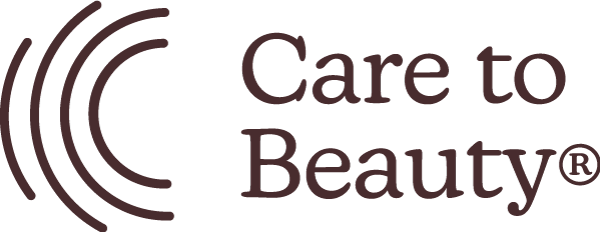

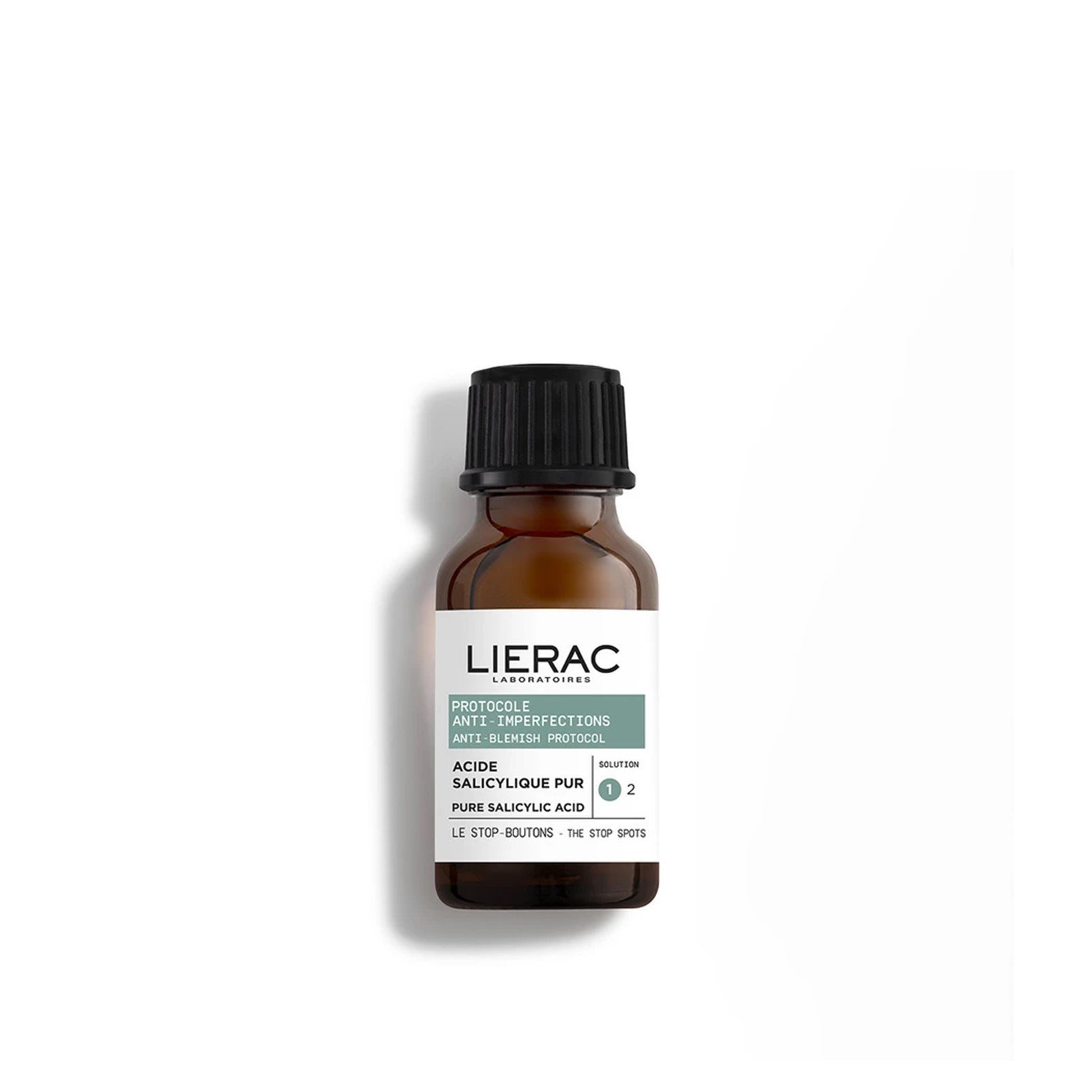
![SVR Ampoule Flash [AZ] Sebiaclear Anti-Blemishes Concentrate 30ml](https://static.beautytocare.com/media/catalog/product//s/v/svr-sebiaclear-ampoule-flash-anti-blemishes-concentrate-30ml_1.jpg)
